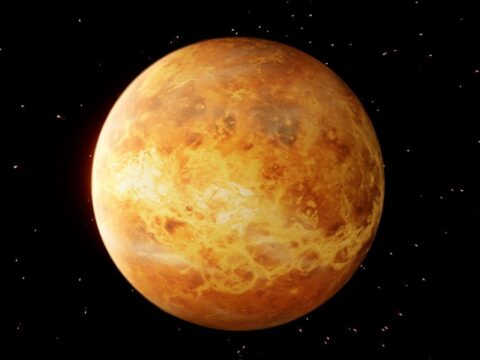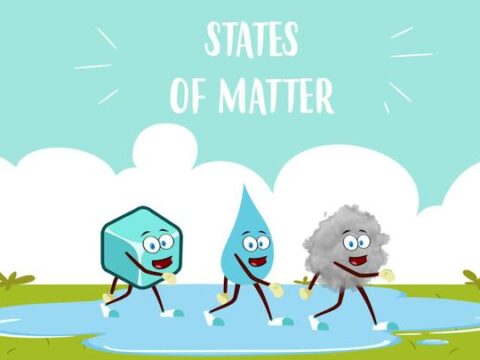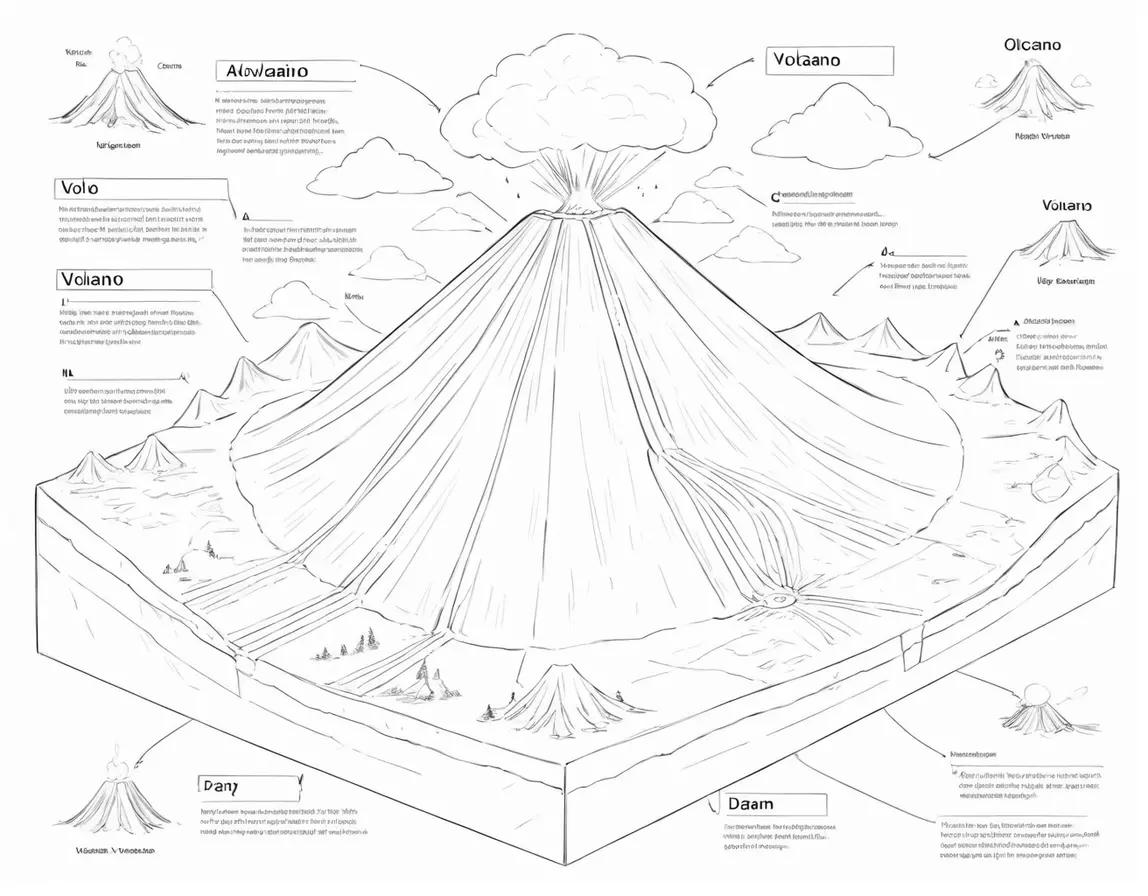
Jupiter, the largest planet in our solar system, is a colossal gas giant that dominates the space around it with its immense size and powerful magnetic field. This massive planet, often referred to as the “King of the Solar System,” plays a crucial role in the dynamics of our cosmic neighborhood.
In this exploration, we delve into Jupiter’s physical characteristics, its turbulent atmosphere, extensive ring system, and its status as a powerful protector of inner planets.
Physical Characteristics:
Jupiter’s colossal size sets it apart as a gas giant, with a diameter of approximately 139,820 kilometers (86,881 miles). This makes it more than 11 times wider than Earth, and its mass is so substantial that it surpasses the combined mass of all the other planets in our solar system. Composed primarily of hydrogen and helium, Jupiter lacks a solid surface, transitioning gradually from its gaseous atmosphere to its dense, liquid metallic hydrogen core.
Jupiter’s powerful gravitational pull is a key factor in shaping the orbital dynamics of the solar system. Its immense mass influences nearby celestial bodies, including the inner planets, and plays a role in maintaining the stability of the overall planetary system.
Atmosphere and Weather:
Jupiter’s atmosphere is a dynamic and turbulent realm characterized by bands of clouds, powerful storms, and the iconic Great Red Spot. The planet’s equator rotates faster than its polar regions, resulting in distinct cloud bands that encircle the planet. These bands are made up of ammonia ice crystals, water vapor, and other complex molecules.
The Great Red Spot, a colossal storm system, is a defining feature of Jupiter’s atmosphere. This gigantic anticyclonic storm has been raging for centuries and is large enough to engulf Earth multiple times. Although its exact mechanism is not fully understood, the Great Red Spot is thought to be a high-pressure region with complex interactions between Jupiter’s atmosphere and its internal heat sources.
Jupiter experiences powerful winds, with maximum speeds reaching up to 600 kilometers per hour (370 miles per hour) in its equatorial region. These winds create intricate cloud patterns and contribute to the planet’s dynamic and ever-changing appearance.
Magnetic Field:
Jupiter boasts an immensely powerful magnetic field, around 14 times stronger than Earth’s. This magnetic field is generated by the planet’s fast rotation and the metallic hydrogen layer within its core. Jupiter’s magnetic field extends far beyond the planet itself, creating a vast magnetosphere that interacts with the solar wind and protects the Jovian moons from the harsh solar environment.
The intense magnetic field is also responsible for the auroras observed near Jupiter’s poles, producing dazzling displays of light similar to Earth’s Northern and Southern Lights. The interaction between charged particles and the magnetic field creates these stunning atmospheric phenomena.
Ring System:
Jupiter possesses a faint ring system, discovered by the Voyager 1 spacecraft in 1979. This ring system is much less prominent than Saturn’s but is composed of small, dark particles likely originating from the planet’s moons. The four largest moons—Io, Europa, Ganymede, and Callisto—also contribute to the ring system, shedding material into space as they orbit Jupiter.
Jupiter’s ring system is divided into four main components: the halo ring, the main ring, the Amalthea gossamer ring, and the Thebe gossamer ring. These rings add to the complexity and richness of Jupiter’s cosmic environment.
Moons of Jupiter:
Jupiter hosts a diverse array of moons, with over 80 known natural satellites. The four largest moons, collectively known as the Galilean moons, were discovered by Galileo Galilei in 1610. These moons—Io, Europa, Ganymede, and Callisto—are among the most intriguing objects in our solar system and have been the focus of numerous space missions.
Io, the innermost of the Galilean moons, is known for its volcanic activity, with plumes of sulfur erupting from its surface. Europa is an ice-covered moon believed to have a subsurface ocean, making it a target for future exploration in the search for extraterrestrial life. Ganymede is the largest moon in the solar system, boasting a magnetic field and a diverse geologic history. Callisto, with its ancient and heavily cratered surface, provides valuable insights into the early history of the solar system.
Jupiter as a Cosmic Guardian:
Jupiter’s massive size and gravitational influence play a protective role in the solar system. Often referred to as the “cosmic vacuum cleaner,” Jupiter’s gravity helps to clear the region around its orbit of debris and potential planetesimals. This protective function significantly reduces the likelihood of large bodies colliding with inner planets like Earth, contributing to the long-term stability of the solar system.
Jupiter’s gravitational influence also plays a role in shaping the orbital dynamics of nearby celestial bodies, contributing to the intricate dance of planets and moons within our solar system.
Jupiter is a fascinating giant in our solar system because of its huge size, rough atmosphere, magnetic field, and many moons. Its unique features, like the famous Great Red Spot and the Galilean moons, teach us a lot about how planets work and how other celestial things move in space. As people continue to study and explore Jupiter, we learn more about how the many forces that rule our solar system work together. This shows how important Jupiter is as the largest planet in our system.


















